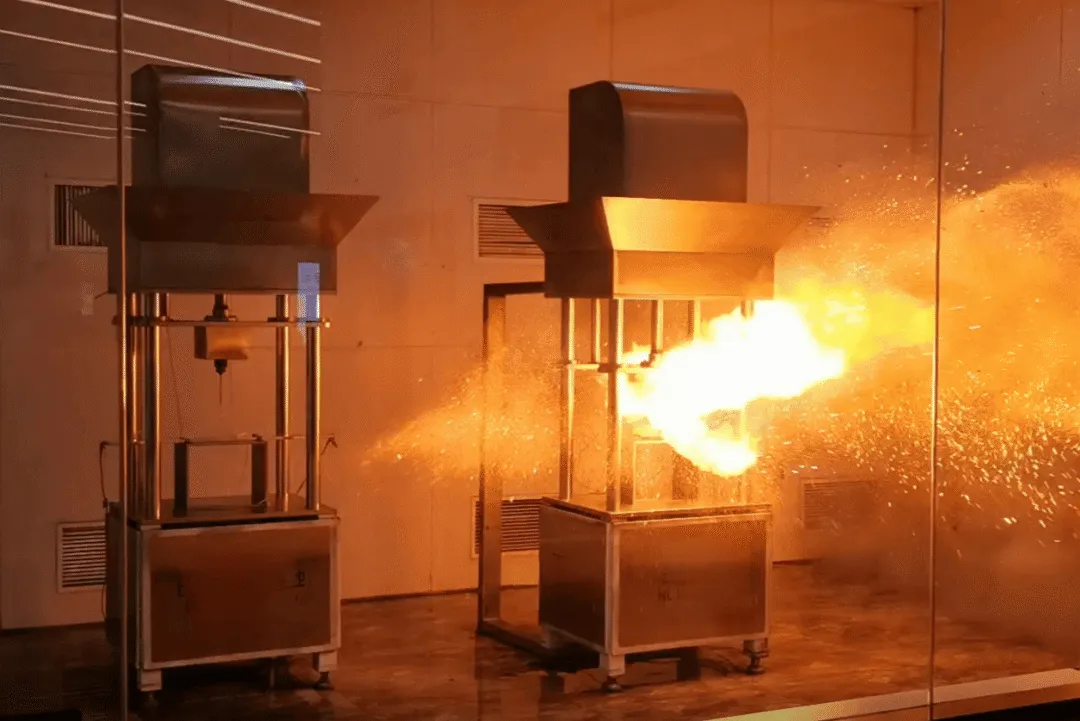time:2024-05-31 source:动力电池网
On May 27th, the website of the Ministry of Industry and Information Technology released a draft for soliciting opinions on the "Safety Requirements for Power Batteries for Electric Vehicles" (hereinafter referred to as the new version of the "draft"), with a deadline for soliciting opinions on July 27th. The new version of the "Opinions Draft" released by the Ministry of Industry and Information Technology states that through summarizing the experience of electric vehicle safety accidents in recent years, the industry has gained a full understanding of the failure mechanism of power batteries in practical application scenarios. It is necessary to revise and improve the safety requirements of the 2021 version and enhance them.
The current "Safety Requirements for Power Batteries for Electric Vehicles" (hereinafter referred to as the 2021 version of safety requirements) will be implemented in 2021 and is one of the first mandatory national standards in the field of electric vehicles in China. The pre research work for the revision of the new standard started in the second half of 2021, with the drafting group led by CATL, covering electric vehicle enterprises, power battery enterprises, third-party testing institutions, research institutes, etc. The draft for soliciting opinions was formed in April this year.

The new version of the Opinion Draft is revised by the Electric Vehicle Technical Committee of the National Technical Committee for Automobile Standardization, and the planned implementation date of this standard is 2026. Compared to the 2021 version of safety requirements, the new version of the Opinion Draft has increased the requirement for thermal diffusion of power batteries. The core logic is to improve the safety requirements for power batteries, with the ultimate goal of ensuring that the battery does not catch fire or explode in the event of thermal runaway, and providing sufficient escape time for passengers inside the vehicle.
In the process of formulating new standards, the research group learned from feedback from industry survey questionnaires that as of February 2024, 78% of enterprises have "no fire, no explosion" technical reserves. Based on the above situation, the research group unanimously believes that raising the heat diffusion requirement to "no fire, no explosion" is technically feasible. Therefore, the new standard increases the requirement for thermal diffusion to "no fire, no explosion".
In terms of specific testing and verification methods, the new standard proposes three types of tests to trigger thermal runaway of battery cells: needle piercing, external direct heating, and arranging heating plates inside the battery cells. During the experiment, the manufacturer can choose one of the triggering methods or choose other methods to trigger the heat loss. When none of the three recommended triggering methods have caused thermal runaway, it is considered that the battery product cannot be triggered by thermal runaway, and the test is passed.
If the battery cell experiences thermal runaway, the battery pack or system should be observed to see if a thermal event alarm signal is issued no later than 5 minutes after the thermal runaway occurs. If it is not issued, the test is deemed to have failed; If a thermal event alarm signal is issued, it should be observed whether ① the battery pack or system has caught fire or exploded, ② whether smoke has entered the passenger compartment before and within 5 minutes after the alarm signal is issued. If either of the above situations occurs, the test is considered to have failed, and if only two situations have not occurred, it can be determined that the test has passed the requirements.
From the above flowchart, it can be clearly seen that as long as the battery cell experiences thermal runaway and the battery pack or battery system experiences fire and explosion, the battery does not meet the safety requirements of power batteries. In addition, the new standard changes the original text from "This standard applies to rechargeable energy storage devices such as lithium-ion batteries and nickel hydrogen batteries for electric vehicles" to "This document applies to power batteries for electric vehicles". This also means that the requirement of no fire or explosion not only covers commonly used lithium iron phosphate batteries and ternary lithium batteries, but also includes new types of power batteries such as sodium ion batteries and lithium metal batteries.
The new standard also emphasizes that the "Management Measures for the Access of Road Motor Vehicle Production Enterprises and Products" issued by the Ministry of Industry and Information Technology (Order No. 50 of the Ministry of Industry and Information Technology), through the "Announcement of Road Motor Vehicle Production Enterprises and Products", manages the access of road motor vehicle production enterprises and products. This mandatory national standard will be included in the management system, and the Ministry of Industry and Information Technology will conduct access management for relevant products based on this standard, and handle violations of mandatory national standards in accordance with the law.